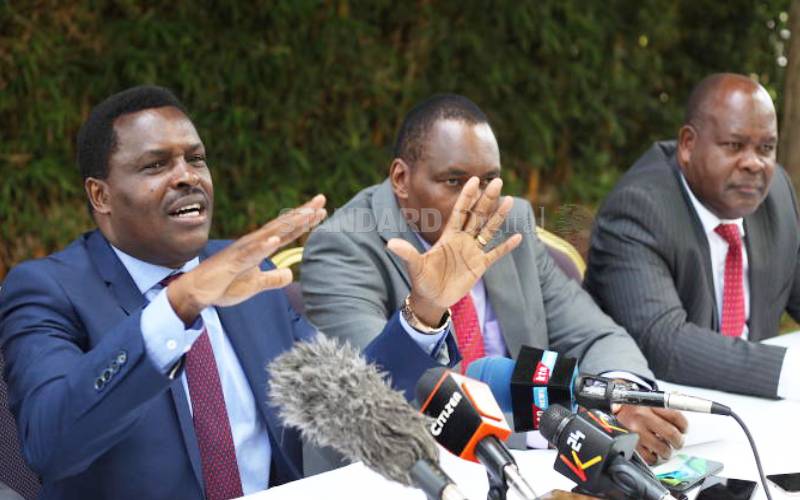×
The Standard e-Paper
Join Thousands of Readers

Tharaka Nithi Governor Muthomi Njuki (left) with MPs Kareke Mbiuki (Maara) and Gitonga Murugara (Tharaka) adressing the media over census results for Tharaka Nithi County. [Wilberforce Okwiri, Standard]
Monday’s release of the national census figures continued to generate heated debate, even as several leaders vowed to contest the results in court.